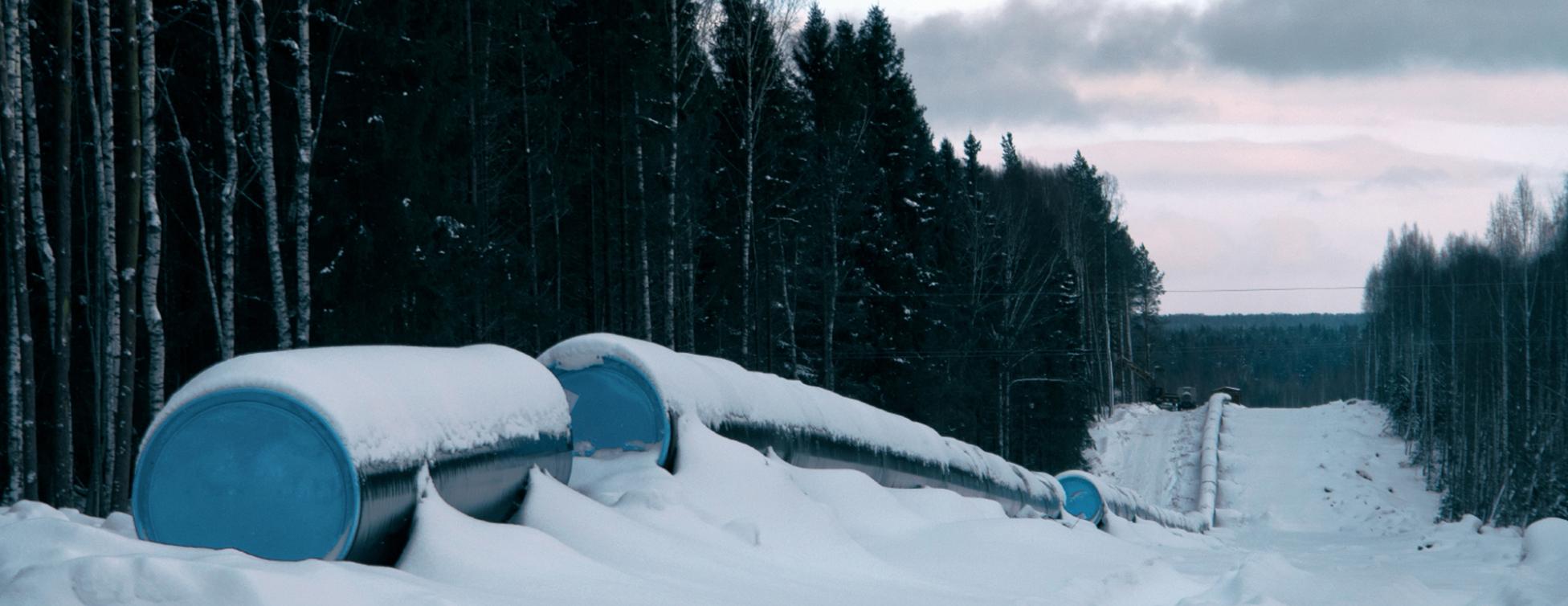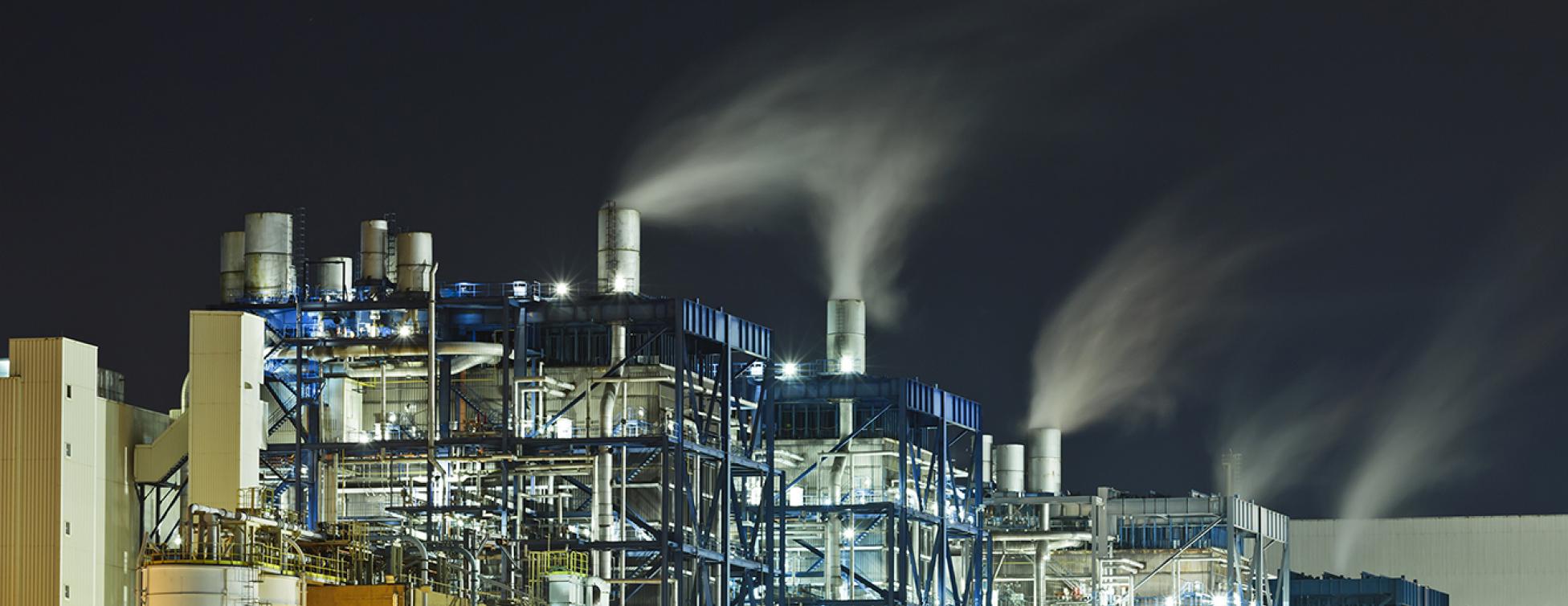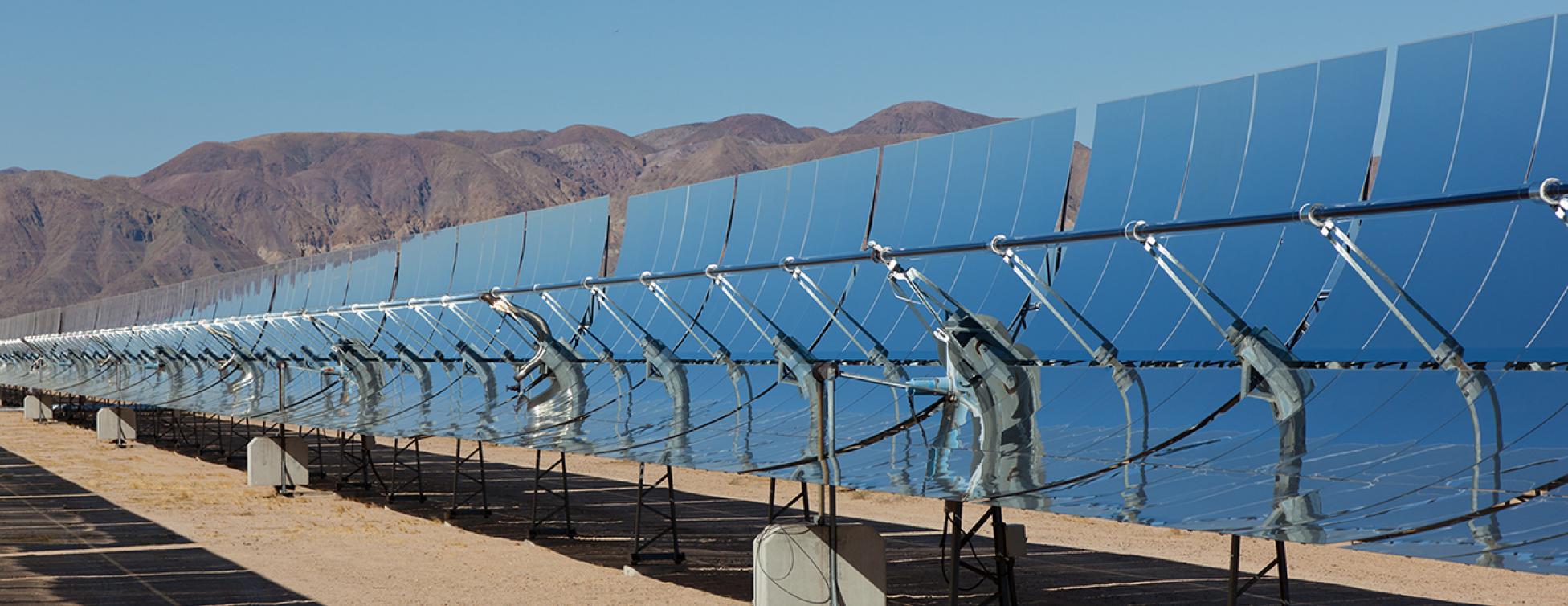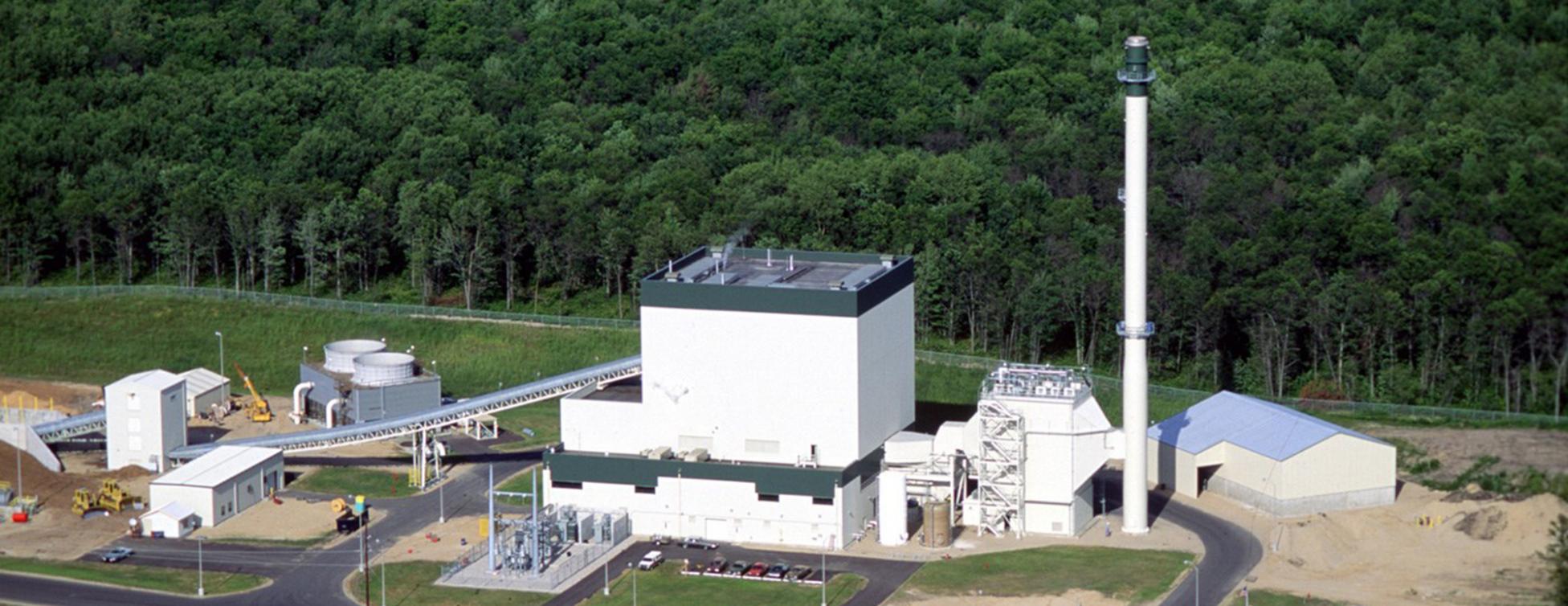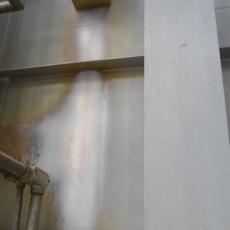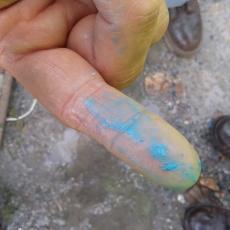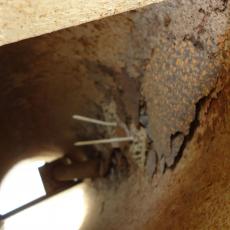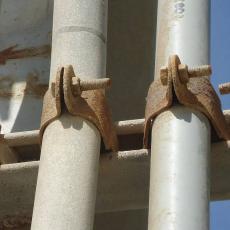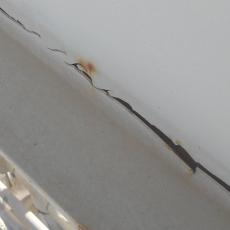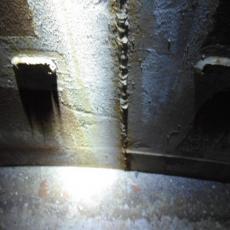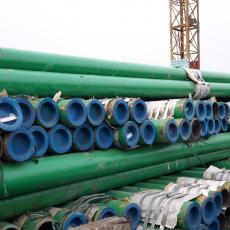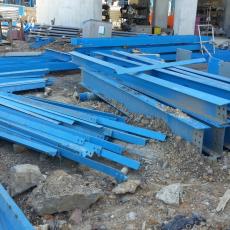Coatings
HRSG Hot Spots
As much as this appears to be a coatings issue, it is an HRSG (heat recovery steam generator) erection problem. More specifically, a range of problems which result in hot gases coming in contact with the casing.
In the 12 units inspected at one site, all of them had visible indications of external coating damage from excessive temperatures.
Those same units were internally inspected, and the list of erection defects was extensive. Well beyond the issues that related to hot spots.
Some of the issues were missing insulation, liner damage, missing liner panels, buckled flashing, and other assembly problems.
When EPR gets involved at a site where there is visible external damage to HRSG coatings, we usually consider it an indicator of much more extensive internal problems mostly unrelated to this issue. So far, this has been accurate.
Once the HRSG problems are resolved, the hot spots can be remediated with new coatings applied using an appropriate repair procedure.
None.
Cost is mostly due to poor thermal operation of the HRSG’s.
Uncured Coatings
One of the more interesting construction defects observed at a plant in Asia is a nearly universal application of coatings that did not cure.
As background, modern "paint" used in a power plant is a complex engineered product often applied in two or three layers. This is because each layer has a purpose. For example, inorganic zinc is often used as a primer, but not suitable as a top coat. Similarly, epoxy is used as a second coat, but not a topcoat because it is poor at enduring UV unlike a urethane.
Each of the layers must be properly mixed, and usually is catalyzed with a hardener. The proportion of hardener to base product is very important. Too little, the coating never cures and perpetually stays soft. It's a failed coating. Another important factor is to keep water (rain and condensation) from the coating components. Water affects curing also.
At the plant in question, easily 70% of the coated plant (large coal plant) had coatings that were not cured. To test this defect, ASTM has a MEK (Methyl Ethyl Ketone) wipe test which roughly involves a clean cloth, a little MEK, and... Read more
None.
Colossal. Left unrepaired...
Hollowed Out...
A facility EPR inspected had a location with an environment that was hot, humid, salt laden, and highly polluted. This reality was addressed as such in the EPC contract with strict coatings requirements.
In the process of performing coating inspections it was discovered that most, perhaps all, of the supports in one portion of the facility were fabricated from pipe but had open ends and are under severe corrosive attack.
As a comparison, a similar design was used for base supports of related equipment, but with the ends capped. So, while it is assumed there are no internal coatings, corrosion would eventually occur and then be arrested and not progress.
In the attached photos the problem can be observed. While identification of the issue is relatively easy, fixing this problem took special technical consideration and analysis by the involved parties. The difficulty was obtaining a proper surface preparation inside the pipe and then properly applying a coating. Another option was to cap the ends after dealing with some surface preparation to remove excess contamination thereby... Read more
Little to none.
In Situ repair costs were comparatively high.
Galvanized Hardware (Or Not)
When a plant is built in a moist, heavily polluted, and/or salt laden environment, corrosion protection is a serious consideration. At a minimum, hot dipped galvanized hardware (nuts, bolts, washers, clips, etc.) is usually specified for outdoor service.
In a recently visited new facility, aggressive corrosion was exhibited almost universally on the hardware. What was discovered is that wherever galvanized was specified, electro-galvanized, electroplated zinc, or zinc plated, (different terms, same thing) was substituted by the contractor. This results in a 3 to 12 micron coating that gives it a much lower degree of corrosion protection than hot dipped galvanized with an 85 to 90 micron layer of zinc. IEC indicates these coatings degrade (in this environment) at 4-8 microns/year. It's then easy to see why there is so much aggressive corrosion and advancing stages of metal loss after only a couple years.
In the rare cases where hot dipped galvanized was provided, it seemed to perform well.
Marginal material cost savings; No labor savings.
Contractor: Substantial cost (Labor/Material) to replace fasteners in bulk. Owner: Fasteners failing is significant. Electrical system risks increase over time.
Coatings Delamination
EPC Contract indicated “the project site is subjected to moist and heavily polluted salt laden air”…
While the contractor took precautions to properly specify the coating systems, the surface prep and coatings application was flawed anyway. Normally, an effective shop (or field) inspection program will catch the problem early and be resolved in favor an effective coating process. In this facility, there was extensive evidence that either no QC program existed, or the inspector(s) were compromised.
After 18 months in operation, the coatings appear 15 years old. To varying degrees, most of the structural steel coating systems in the subject plant are in a progressive state of failure with the substrates rapidly and increasingly unprotected.
It was determined much of the steel coatings suffer from varying failure mechanisms. However, this photo is an example of improper surface prep (NACE/SSPC) and inconsistent dry film thickness, often with a top-coat greatly exceeding manufacturers requirements.
Minimal to no cost savings. Some time may have been saved if rework in the shops had been required.
Owner: Coating system will need an aggressive repair program as opposed to the anticipated touch-ups. Magnitude large but unknown.
HRSG Stack Welding
HRSG Stacks are subjected to accelerated corrosion where sulfur is present in the fuel (gas/oil). An engineered solution is to protect stack internals with a coating which contains glass flake. For the coating to adhere it must be applied on a properly prepared substrate (NACE/SSPC/Manufacturer’s Recommendations). Glass flake coatings cannot be effectively patched.
In this case, the stack field welds were not compliant with AWS D1.1, 5.24.4 (visual examination criteria), the construction contract criteria. This poor workmanship necessitated rework of the welds and stack coatings. Concerns include welder qualification, lack of weld inspection, lack of coatings prep inspection, and pervasiveness of defect (full length, all stacks). Additionally, the stack alignment lugs were not ground smooth in preparation for the coatings.
Another concern with unacceptable weld profiles in the stack is weld failure due to expansion and contraction of the stack during outage cycles and wind loads, especially in the presence of sulfur.
Blasting, weld repair, and recoating of one stack... Read more
Minimal. It takes no more time to weld properly, but perhaps some minor labor savings was gained with an unqualified welder
Owner: 2 month outage, revenue loss at $35,000/day =~$2,000,000. EPCC: ~$400,000 to repair welds and recoat.
Inspection Futility
Often field quality suffers from a lack of oversight, quality control, supervision, or owner involvement. Sometimes a contractor and owner set out to assure their interests are protected, but it fails anyway.
Using a large international source inspection firm tends to be where problems arise. Those firms use local inspectors to keep costs down by limiting travel. However, local inspectors are often the same people that visit particular shops and due to familiarity, a relationship develops which compromises the effectiveness of the shop inspection. Instances exist in remote areas where inspectors are relatives of shop owners. The main take-away, is that inspections by ineffective, conflicted, or technically limited personnel with no personal connection to your project is wrought with peril.
The opinion of the author is that if an inspection is worth performing by an owner, send your own people, or an inspector well known and hired directly. It will be more cost than outsourcing with a large international inspection firm, but it will be worth it.
At one facility, the contractor... Read more
None.
$150k +/- and wasted time.
Anchors Away!
Contractors sometimes take an extraordinary short-term view of their obligations.
At one plant EPR evaluated the owner's engineer had agreed to waive the contract requirement that all embeds were to be hot dip galvanized. The back-story is that the contractor managed to get late on anchor bolt delivery and wanted to skip the delay associated with galvanizing. It is also worth noting that this location was in a polluted location, in a hot humid region, on the sea. This simply means corrosion concerns are very serious.
The photographs were taken before the first unit even reached first fire. Already, the anchor bolts exhibit heavy corrosion and loss of substrate material at the threads.
Within a couple years of COD, it is conservative to expect the anchor bolts to be essentially non-existent. It's not clear how the foundations and structure will resist uplift forces without compromise and risk to the structure.
The "fix" at that time was to add galvanized nuts on top of the previously un-galvanized nuts. Sort of...
Non-Critical Path time was saved. Minimal cost.
Repair is difficult. Cost of structural failure could be high if a material uplift condition occurs.
Mechanical Damage
In many developing country locations, a recurring problem is the mechanical damage to otherwise properly applied coatings due to handling abuse.
For most plants, structural steel is shop (off site) fabricated, loaded on trucks or ships, and delivered to the construction site for erection. This is an important process because it can become quite expensive and time consuming to field repair coatings. This can be even more true in locations with high humidity because a proper repair must be affected within the coating manufacturers indicated limitations. This is sometimes hard to achieve.
An owner should likewise be concerned because a repaired coating system is never as durable as the original coating. The first photo shows a typical "handling" problem. The subsequent photos show poor repairs and unrepaired damage. Both are so common, it seems normal.
One plant in Asia had structural steel and piping that was so abused with mechanical damage that the plant looked 15 years old even before COD.
Nothing. It costs nothing to handle coated pipe/steel carefully.
If all the repairs were affected, it would have cost several tens of millions of $.
Green Moss
A plant was evaluated that had an extensive desalination operation where seawater was flashed to create drinking water.
On the roof of the process equipment, there were insulated and uninsulated bays. One of several coatings problems was the difficulty with this arrangement related to coating selection. The top of the evaporator is essentially flat with bellies in the areas between the structural stiffeners. Water tends to collect in these locations and will not drain. In some cases, drain holes didn’t exist so water has been pooling for a couple years.
In these areas of the tops, the coating selection (urethane) was not suitable for water immersion and breaks down progressively. On the other hand, leaving the surface in epoxy would solve the water damage problem, but is not a solution because it is susceptible to UV breakdown. Therefore, the coating system as installed was not compatible with the propensity of the surface to hold and pool water.
This was not an academic concern, as there are indications the coatings had already failed. One photo shows the adhesion x-cut... Read more
None.
Unknown, but significant.



